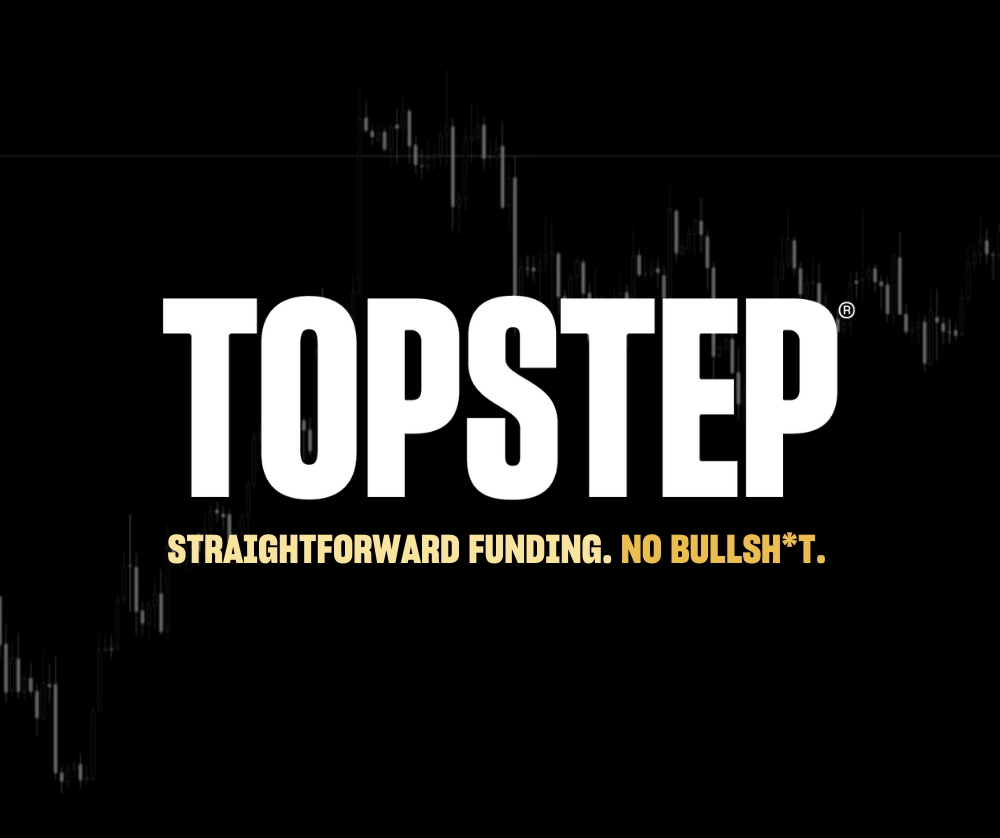The relative strength index (RSI) measures the speed and change of price movements and helps identify overbought and oversold conditions that you can exploit. It compares the magnitude of recent gains to recent losses to gauge the price momentum of financial assets, including stocks, commodities and financials. Traders can use RSI to generate trade signals, assess sentiment or as a complement to other analysis tools.
The RSI is a short- to intermediate-term indicator when used according to its classic application, which is most typically a 14-day time frame. It generates values that fall on a scale from 0 to 100, with high and low levels (overbought/oversold) considered to be at 70 and 30, respectively.
The RSI was developed by J. Welles Wilder and was first published in the June 1978 issue of Commodities (now Modern Trader magazine) and later that year in Wilder’s book, New Concepts in Technical Trading Systems.
Interpretation
When Wilder introduced the RSI, he recommended the 14-day time frame. That input value has remained popular, but since then both the nine- and 25-day RSIs have also gained popularity. You can vary the number of time periods in the RSI calculation — which is available for free on most charting packages — so you can experiment to find the period that works best for you. The RSI is a price-following oscillator (see “Analyzing Apple,” below).
 The RSI is a fairly simple formula. It is:
The RSI is a fairly simple formula. It is:
RSI = 100 – (100 / (1 + RS))
RS = Average gain / Average loss
The first step to understanding the RSI formula is grasping the RS input. It is the ratio of the average “Up” move over the period to the average loss over the period. Note that these are the averages of the absolute values. In other words, we sum all the losses (expressed as positive values) over 14 periods and divide that total by 14. We sum all the gains over 14 periods and also divide that total by 14. We then divide the average gain by the average loss to determine RS.
There is a slight variation in how the averages are calculated going forward. The difference in execution is slight, but it’s worth noting.
The initial calculations for average gain and average loss are simple 14-period averages.
- First average gain = Sum of gains during the past 14 periods / 14.
- First average loss = Sum of losses over the past 14 periods / 14
The second, and subsequent, calculations are based on the prior averages and the current gain loss:
- Average gain = [(Previous average gain) x 13 + Current gain] / 14.
- Average loss = [(Previous average loss) x 13 + Current loss] / 14.
Taking the prior value plus the current value is a smoothing technique similar to that used in exponential moving average calculations.
Trading signals
The point of the RSI, from an analytical perspective, is to determine when a tradeable assest has traded “too far” in one direction. In other words, it’s intended to identify a potentially overbought or oversold security.
Another way to describe overbought and oversold levels is to identify them as unsustainable price extremes. The traditional interpretation is that an RSI above 70 is considered overbought and an RSI below 30 is considered oversold.
Don’t misinterpret these hard numbers as hard and fast rules for trading. As the saying goes, an overbought market can remain overbought for an extended period, and someone who reacts to an overbought (or oversold) signal too early can suffer substantial losses as time goes by.
Strong trends can present a problem for these classic overbought and oversold levels. RSI can become overbought (>70) and prices can simply continue higher when the uptrend is strong. Conversely, RSI can become oversold (<30) and prices can simply continue lower when the downtrend is strong.
In “Not so fast” (below) we show the S&P 500 with a 14-day RSI on a daily time frame. Working from left to right, the S&P 500 became overbought, as measured by the RSI, in early November around 2100. The S&P 500 index did not top out as soon as the overbought reading appeared. Instead, it took two to three days, but then we saw a fall of almost 100 points.
 From overbought levels, the RSI moved to below 30 in mid-January to become oversold. Despite this oversold reading, the S&P 500 continued to decline and a final bottom was not made until Jan. 20. In both cases the RSI did signal a change in direction. However, in later March the RSI ticked above 70 briefly and continued higher.
From overbought levels, the RSI moved to below 30 in mid-January to become oversold. Despite this oversold reading, the S&P 500 continued to decline and a final bottom was not made until Jan. 20. In both cases the RSI did signal a change in direction. However, in later March the RSI ticked above 70 briefly and continued higher.
Traders should always use readings from the RSI indicator with other indicators, such as price action, price patterns or other technical indicators before determining a signal. On Jan. 20, a hammer candlestick was formed with the RSI in oversold territory, confirming a short-term bottom was in place.
The S&P 500 again revisited that level on Feb. 11, but the RSI was not oversold. This registered as divergence, and the market followed as expected, rallying more than 10% from the low of 1810.
The RSI can also be used as a sentiment indicator rather than a generator of hard trading signals. In this way, it can identify bullish and bearish shifts in the market by noting when the RSI line crosses above or below its center line. This interpretation can also be flipped on its head: When the RSI repeatedly fails to cross the center line despite price action, that price action might be based on weak hands.
As shown in “Eyes on center” (below) on Nov. 12, RSI bounced off 50 and Citigroup had a small rally. However, once the center line was broken, the stock initiated a major decline. A rally attempted to form, but this time the center line demonstrated significant resistance and the market was sold again.
 Divergence describes when price action and the oscillator indicate conflicting information. These conflicts are often interpreted as an impending signal that price will give up and reverse trend.
Divergence describes when price action and the oscillator indicate conflicting information. These conflicts are often interpreted as an impending signal that price will give up and reverse trend.
Bullish RSI divergence refers to a situation when RSI becomes oversold, surges out of oversold territory and holds above it while price pulls back. In general terms, bullish divergence forms when prices move to a lower low, but the indicator forms a higher low to suggest improving money flow or momentum. Bearish divergence is simply the opposite, when price makes a new high but RSI registers a lower high.
As seen in “Crossing paths” (below) Twitter (TWTR) made a lower low while RSI went into oversold territory, moved higher and registered a higher high while price kept dipping. Once RSI moved above 20 and we had a bullish engulfing pattern, it was clear a reversal was imminent. Price rallied to $21.
 Time tested
Time tested
Unlike many other indicators, the RSI has stood the test of time. It remains one of the most popular indicators used by technical analysts and traders. Its strengths are its ability to identify potential reversals with overbought/oversold levels and bullish/bearish divergences. As with all indicators, the RSI should not be used by itself. Price action pattern analysis should be consulted to confirm RSI signals and to better time trade entries.




